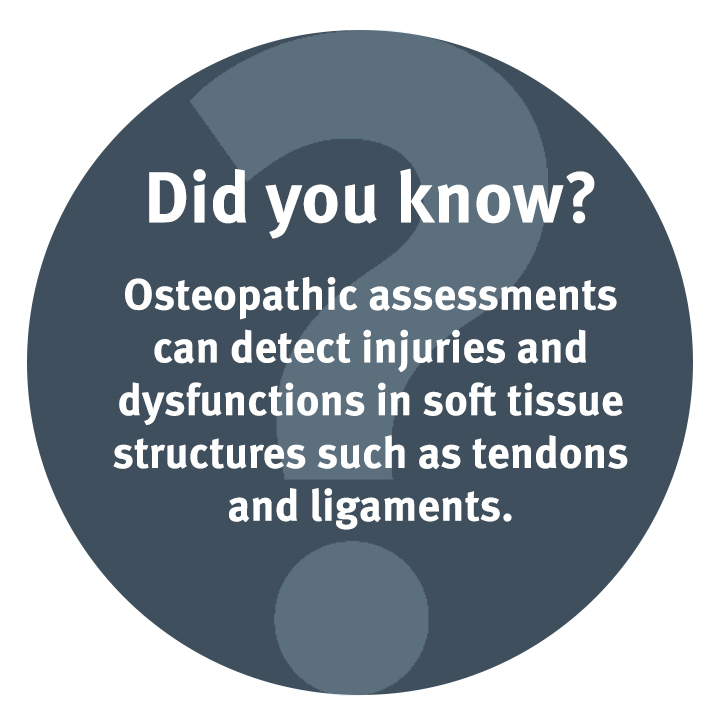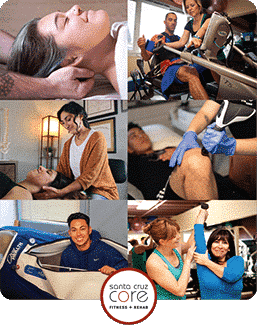With so many branches of medicine, it can be hard to pick the right specialist to help with health concerns.
Terms like allopathic, naturopathic, osteopathic, and homeopathic are popping out everywhere, making it hard to figure out the right fit.
Depending on the health concern each of the medical practices above could prove very effective and beneficial. It’s all about picking the right one. Individuals who dislike the use of pharmaceuticals, for example, can still seek naturopathic, homeopathic, and osteopathic treatments. It all depends on the individual. Each of these health practices has something unique to offer, but osteopathic medicine, in particular, brings new therapies to patient care. Techniques unique to osteopathy have proven very effective in treating illness, and in regaining optimal health. Osteopathic techniques have greatly influenced other branches of medicine, including physical therapy and obstetrics.
Osteopathic Medicine
When asked about osteopathic medicine, most would assume a medical specialty dealing with bones. After all, the root word “osteo” is related to bones and “pathic” to disease. However, osteopathic medicine is more than that. In fact, the scope of osteopathic medical practice can engulf every aspect of medical treatment and specialty, including surgery and the prescription of drugs.
Osteopathy stresses the close relationship between form and function; the disruption to one will affect the other. This concept is then applied to the body as a whole. Thus, when one part is affected by disease or dysfunction, the whole body is affected. Many early osteopathic principles and concepts like this are part of modern contemporary medicine. The terms “holistic” and “wellness,” for example, are both osteopathic concepts.
The Roots of Osteopathy
Osteopathic medicine started with a physician named Andrew Taylor Still (A.T. Still) in the late 1800s. He was a physician who was “mechanically minded” and addressed the body as a whole, a system with the remarkable potential to heal itself under the proper form and treatment (Wagner, 2011). He sought therapies that were non-medicinal as well as non-surgical to enhance the body’s innate self-healing potential. A.T. Still’s philosophies on medical treatments incorporated the use of osteopathic manipulation which can treat conditions like pneumonia and morning sickness.
What is a D.O.?
An Osteopathic physician D.O. is a medical doctorate which has received the same medical training as an allopathic physician M.D. with an additional subspecialty in osteopathic neuromuscular medicine. What does this mean? Well, osteopaths assess the body as a whole whenever treating a patient; they take a more “structure-function” approach to patient care. Osteopathic palpation of body structures, for example, is key to understanding the physical manifestation of a dysfunction or disease.
Such assessments can only be done with a great understanding of neuromuscular medicine. Osteopaths recognize the somatic component of disease and dysfunction, and how these can disrupt other bodily functions. Thus, osteopaths can offer additional therapies (such as OMT) which help the body heal and reach optimal function.

Why Osteopathy?
Osteopathic assessments can detect injuries and dysfunctions in soft tissue structures such as tendons and ligaments, unlike x-rays and MRIs. This is because such injuries have to be physically touched to be detected. Any damaged structures represent a greater disruption to the entire organism, as other parts of the body must compensate for it. With this in mind, one can begin to understand how osteopaths are able to treat patients by correcting such disruptions.
An old ache, such as residual back pain from years of repetitive movement, can become more bothersome and disruptive when a new injury, such as a sprained ankle, arises. This is because the new injury represents a new disruption for which the body must accommodate for. One will avoid applying weight in the injured limb, for example, by placing greater stress on the other structures. The increased stress on these structures will result in greater pain from the lower back. All behavioral adaptations to an injury will increase stress on another structure and further injury can arise. Osteopaths recognize this and treat accordingly.
Dysfunctions have an effect on lifestyle and daily performance. Over time, the collective effect of untreated injuries and lack of mobility can lead to lower lifestyle quality and an increased incidence of disease. Therefore, it is best to receive treatment early and whenever discomfort or pain occurs.
CORE is introducing new services centered on osteopathy and other related fields. Coming this March, you can visit our on-staff doctor, Dr. John Grady, for treatments in osteopathy, prolotherapy, and other rejuvenation services! Want a preview…watch an osteopathic manual treatment (O.M.T.) with Dr. John Grady D.O. in this video!
Contact 831-425-9500 for your initial consultation, the first 50 fabulous patients will get discounted and reduced rates!
Sources:
Wagner, Peter. “History of Osteopathy.” The ScholarShip at ECU, Laupus Library, 11 Apr. 2011, thescholarship.ecu.edu/handle/10342/3694.










I never thought about the fact that when one part of the body is affected by a disease, the whole body is affected, as you mentioned here. My husband has suffered from chronic back pain that also gives him migraines. Would this treatment help him get some relief?
Absolutely! Osteopathy and also our Sports ChiroTherapy can do great things to help resolve migraines. The body is all connected and when the body is out of alignment in the lower and middle back that tightness definitely affects the head and neck tension. As we unwind the dysfunctional movement patterns with our hands on approach we then provide specific exercises to be able to adjust your movement pattern permanently and resolve the source of the problem. Check out our new client specials page and we can see you!